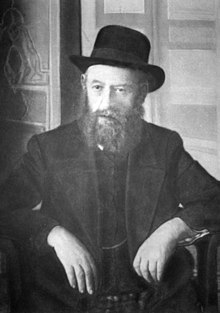Six-year-olds laugh an average of 300 times a day. Adults only laugh 15 to 100 times a day. - Snapple "Real Fact" #831While I am aware that there are many Snapple facts (those interesting, bite sized bits of trivia found on the underside of Snapple Iced Tea bottle caps) that are supposedly misleading or inaccurate, I found this one in particular to be saddening. Even if it is not necessarily true in terms of numbers, I think most would agree that the underlying statement of the Snapple fact rings true; adults do not laugh nearly as much as children do.
That is depressing.
Obviously, the many responsibilities that increase with age teach us that life is not all fun and games. Indeed, as we get older we quickly learn that there is a lot of pain and unpleasantness that can accompany life experiences. Perhaps we laugh less because we can better appreciate the necessity of taking things seriously, that there are consequences to our actions, and we must approach our daily dealings with maturity. Perhaps. But I still believe that there is a lot of merit to the child's willingness, readiness, to laugh.
Like the Brisker Rav admonished his overly severe colleague, the "childish" capacity for joy is truly our natural state; as we get further from our experience with the Divine, we forget our own joy. We lose our innocence as a corollary of dealing with the "real world"; we become calloused, cynical, without mirth. Occasionally we allow ourselves a chuckle, to throw our shriveled up psyches a little laughter, just enough to keep us going.
Many would attribute the child's ability to laugh so much to the fact that everything is so fresh and new; the thrill of discovery makes no distinction between paradigm shifting lessons that open them up to a new understanding of their world and the sight of a tiny caterpillar humping along on the sidewalk. Everything is met with the same wide-eyed curiosity (this is also becoming a thing of the past, unfortunately. Cynicism is affecting our society from the top down) when you are young and there is so much to absorb. After all, an adult knows so much, has seen so much, that there seems to be very little left to learn (!) and besides, who has the time?
But I think that there is more to it. The child expects to laugh, and therefore laughs. The adult has no such expectation, and thus only laughs in situations in which laughter is deemed the appropriate response.
This is what is known in psychology as a self-fulfilling prophecy, a form of confirmation bias (when one perceives occurrences as conforming to preconceived notions that may be erroneous, despite the fact that they don't actually confirm the beliefs). Usually confirmation biases are looked upon as negative, because they often do not accurately reflect reality; essentially the individual is "fooling" himself. But I would suggest that in this case there are more benefits to adopting the child's approach. Expecting to find opportunities for joy can create joy without diminishing the capacity to deal with life in a mature, realistic fashion; it's a question of attitude and perception. If we were more willing to laugh, to allow the vulnerability that accompanies that hopefulness, the world would be a happier place.




